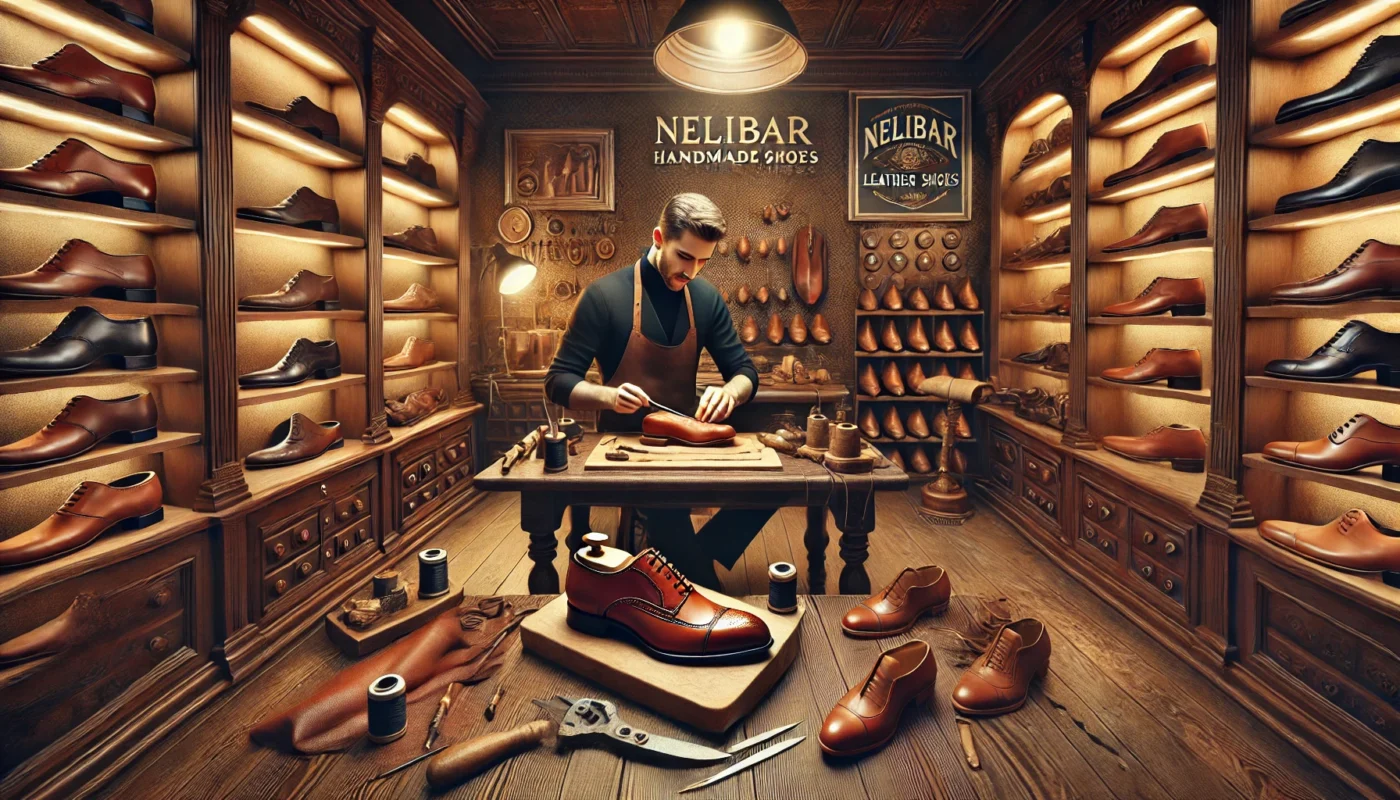Fun and Creative, Leather Shoes and Craftsmanship
Custom Leather Shoe Designs: The Art of Crafting Bespoke Footwear
Custom leather shoes are the epitome of luxury, craftsmanship, and personalized style. Unlike mass-produced footwear, bespoke leather shoes are crafted with precision, ensuring superior fit, durability, and aesthetics. In this comprehensive guide, we take you behind the scenes of custom leather shoe designs, exploring the process, materials, and benefits of investing in handcrafted footwear.
Whether you’re a fashion enthusiast, a professional looking for the perfect dress shoes, or someone who values quality over quantity, understanding the intricacies of custom leather shoe design can help you make an informed decision.
Why Choose Custom Leather Shoes?
1. Perfect Fit and Comfort
One of the main advantages of custom leather shoes is their unparalleled fit. Since they are tailored to your specific measurements, they provide:
- Enhanced comfort
- Reduced risk of blisters and foot pain
- Better arch support and alignment
2. Premium Quality Materials
Bespoke shoemakers use high-quality, full-grain leather that ages beautifully and lasts longer than synthetic alternatives. Common types of leather used include:
- Full-Grain Leather – The most durable and natural form, developing a rich patina over time.
- Top-Grain Leather – Slightly refined but still offers excellent durability and appearance.
- Exotic Leathers – Includes crocodile, ostrich, and python skins for a distinctive look.
3. Timeless and Unique Style
Mass-produced shoes follow trends, but custom designs offer:
- Exclusive patterns and detailing
- Personalized colors and finishes
- Handcrafted elements that make each pair unique
4. Eco-Friendly and Sustainable
Unlike fast fashion, custom leather shoes promote sustainability by:
- Reducing waste with precise cutting and stitching
- Using eco-friendly tanning and dyeing techniques
- Encouraging slow fashion practices
The Process of Crafting Custom Leather Shoes
Step 1: Consultation and Foot Measurement
The journey to owning bespoke leather shoes begins with a consultation, where a skilled artisan:
- Measures the foot’s length, width, and arch height
- Discusses style preferences and intended use
- Chooses suitable leather, stitching, and finishing details
Step 2: Sketching and Design Approval
Once measurements are taken, designers create a detailed sketch of the shoe. Clients can:
- Approve the design
- Request modifications
- Select additional details such as hand-stitching, perforations, or embossed initials
Step 3: Selecting the Leather and Materials
High-quality leather is sourced and cut precisely for:
- The upper section
- The lining
- The insole and outsole
Step 4: Lasting and Assembly
The shoe last (a mold of the customer’s foot) is used to shape the leather into its final form. This process includes:
- Stitching the upper and lining together
- Attaching the sole with either a Blake stitch or Goodyear welt
- Adding reinforcements for durability
Step 5: Hand Finishing and Polishing
The final stage involves:
- Polishing the leather to enhance its natural beauty
- Adding hand-painted details (if requested)
- Conducting a final quality check before delivery
Popular Styles of Custom Leather Shoes
1. Oxford Shoes
A classic choice for formal occasions, Oxfords are characterized by their closed lacing system and sleek design.
2. Derby Shoes
More casual than Oxfords, Derby shoes have an open lacing system, making them versatile and comfortable.
3. Monk Strap Shoes
These shoes feature a buckle instead of laces, offering a sophisticated yet modern touch.
4. Loafers
Ideal for casual and semi-formal wear, loafers provide slip-on convenience with premium leather finishes.
5. Chukka and Chelsea Boots
For those who prefer boots, custom-made Chukka or Chelsea boots add a rugged yet refined appeal to any outfit.
Maintaining and Caring for Custom Leather Shoes
To ensure longevity, follow these expert tips:
- Regular Cleaning: Use a soft brush and damp cloth to remove dirt and dust.
- Conditioning: Apply a leather conditioner to maintain suppleness and prevent cracks.
- Proper Storage: Store shoes in a cool, dry place with shoe trees to retain shape.
- Professional Repair: Resole or recondition your shoes periodically to extend their lifespan.
How to Order Custom Leather Shoes
Step 1: Choose a Reputable Shoemaker
Look for brands that specialize in handmade leather shoes and have a history of quality craftsmanship.
Step 2: Book a Consultation
Schedule an appointment to discuss your design, budget, and customization options.
Step 3: Get Measured and Select Materials
Work with the artisan to finalize details, from leather type to stitching style.
Step 4: Wait for Production
Custom shoes take several weeks to craft, but the end result is worth the wait.
Step 5: Receive and Enjoy Your Shoes
Once completed, your unique pair of leather shoes will be delivered to you, ready to wear and admire.
Conclusion: Experience the Luxury of Custom Leather Shoe Designs
Investing in custom leather shoes is a step toward unparalleled style, comfort, and durability. Unlike off-the-shelf options, bespoke footwear offers a personalized touch that complements your lifestyle.
Call to Action
Ready to elevate your footwear game? Explore the finest handcrafted custom leather shoes at Nelibar.com and experience luxury like never before. Place your order today and step into sophistication!
Further Reading:

